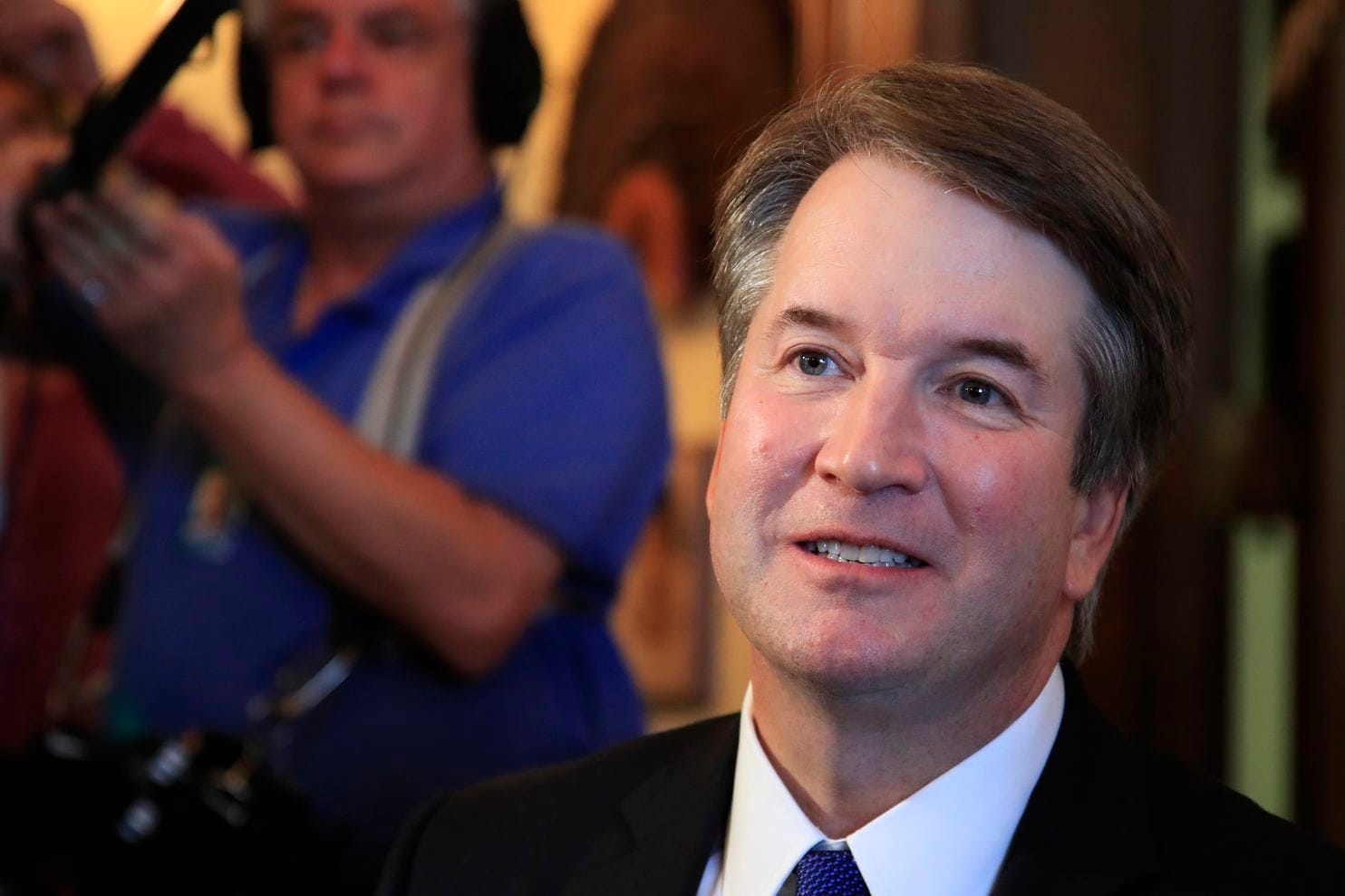By: Hugh Hewitt – washingtonpost.com – July 11, 2018
The modern confirmation process for the Supreme Court is full of rules: the “Ginsburg Rule,” the “Biden Rule,” the “Reid Rule ” and the “McConnell Rule.” Often their definitions and their relevance are hotly contested. What isn’t contested is that the court itself has a widely recognized and easily understood rule: the “rule of four.” That rule is key to understanding the full impact of confirming Judge Brett M. Kavanaugh to the court.
The rule of four holds that for the court to grant certiorari to hear and decide a case, four of its members must vote to do so. This is a crucial hurdle for the 7,000 to 8,000 or so petitions for certiorari — requests to be heard — filed with the high court each year. Of those thousands, about 50 will be accepted and decided quickly and another 60 to 80 will move to oral arguments. The rest, unable to obtain four votes, are simply turned away.
We don’t know how often Chief Justice John G. Roberts Jr. has withheld a vote to “grant cert” in the 13 years he has held the job, leaving his three generally more conservative colleagues without the necessary fourth vote, because the chief justice worried about either his own or Justice Anthony M. Kennedy’s vote going the wrong way when it came to the merits. How often did discretion rule when the chief’s vote was cast not to hear a case?
Roberts (like me) was in the Reagan-era Justice Department when then-Solicitor General Rex Lee (the father of current Utah Sen. Mike Lee) would begin his monthly briefings to the attorney general and Justice Department staff by reminding everyone that he didn’t want to bring cases for which there was no path to five votes for the government’s position. He didn’t want to lose cases. He wanted to win and to avoid creating lousy precedents.
So self-selection took place inside the Justice Department, and then, via the rule of four, more self-selection took place inside the conference room of the Supreme Court. This double-filtering decreased the rapidity with which “major cases” of great consequence would reach a final decision. Caution in the Justice Department and caution in the conference meant caution on the calendar.
Assuming Kavanaugh is confirmed — and it looks like a done deal if his hearings go well — suddenly Roberts will be presiding over cert votes in which his quartet of more like-minded colleagues are for hitting the gas, whether or not he wants to tap the brakes. Cases involving religious freedom and especially cases of regulatory “takings” without compensation can go from near zero to 70 in a hurry.
Thus the strategic dynamic of the court is vastly different come October with Kavanaugh among the nine. Want to put an end to the vestiges of government-sponsored affirmative action sooner rather than later? Grant cert in the fall in one the 8,000 petitions in which the issue is presented. How about returning some certainty to the rightful role of the states on matters of redistricting? These five justices might well decide to tackle the doctrine of “Chevron deference ,” which obliges federal courts to genuflect to agencies’ alleged “expertise.”
It takes a world of pressure off Roberts not to have to worry about Kennedy’s often unusual and solitary views of the jurisprudential world. Roberts has been a great guardian of the court’s reputation as an institution. But, if he is reinforced now with four like-minded colleagues instead of three and safe from being on the losing end of 5-to-4 rulings with Kennedy on the other side? It has been 30 years of waiting for the chance to return the court to its common-sense moorings. The promised land is in sight.
I don’t think it is prudent to minimize that, while Kavanaugh is very much a center-right jurist, the court has been laboring under the handicap of Kennedy’s whimsy for a long time. Roberts is an excellent captain of the conference, but there probably will be four colleagues come October who will want to row faster and in a much more direct fashion than did Kennedy. That’s the rule of four, and it’s what matters most in the new era the court is entering.
To see more of this article, click read more.
Source: The pressure on John Roberts of the ‘rule of four’ has been lifted
 Listen Online
Listen Online Watch Online
Watch Online Find a Station in Your Area
Find a Station in Your Area







 Listen Now
Listen Now Watch Online
Watch Online
